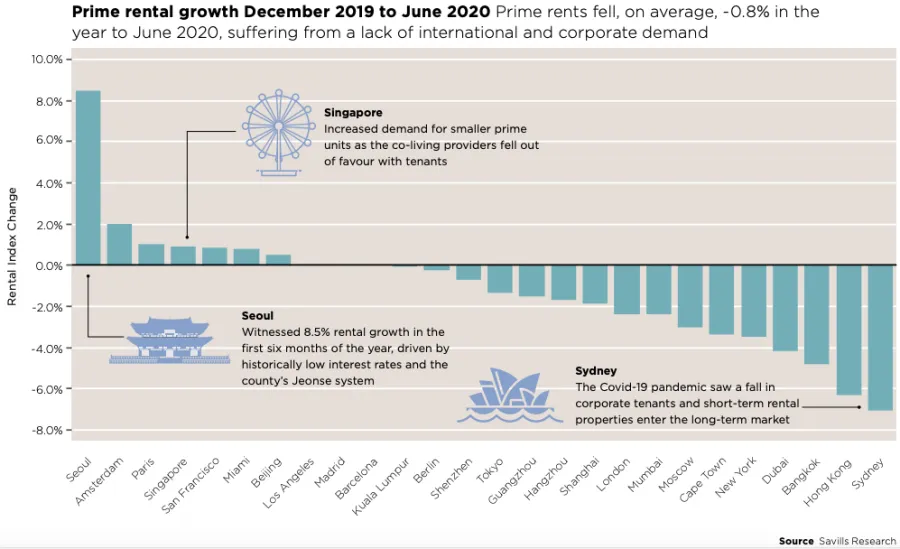
Sydney rents worst hit by COVID, whilst Seoul and Moscow prices rose most: Savills
The Savills Prime Index: World Cities report shows just how much has changed in property since COVID hit.
Savills notes the immediate impact of the pandemic on prime residential values in cities around the world has resulted in a fall of 0.5% for capital values and 1.1% for rental values.
Here's more from Savills:
Global uncertainty had been weighing on prime residential markets in 2019, with modest falls of 0.3% recorded in the six months to December 2019. Combined, the annual average price movement turned negative for the first time since 2009, down 0.8% for the year to June 2020.
The markets which have held up best in the first half of 2020 are generally characterised by higher levels of domestic demand and tight supply. These factors are particularly prevalent in a number of European cities in our index resulting in a positive average price movement of 0.4% for the region over the first six months
of the year. By contrast, prices on average fell by 0.6% and 1.5% in Asia Pacific and North America respectively over the same period.
The prime rental markets, which typically have a higher share of international and corporate tenants, have suffered as demand has dropped off as a result of the pandemic. While owners may hold onto their properties during a crisis if they do not need to sell, landlords are more likely to lower rental values in order to keep their property occupied, in turn realising price falls. As a result, average prime rental values for the cities in our index fell by 1.1.% in the six months to June 2020, against the 0.5% fall
seen in capital values.
We are already seeing the start of the longer term impacts of Covid-19 reflected in price movements across our global index. Apartments experienced average capital values falls of -0.7% over the first half of 2020, while houses, which are on average over twice the size of the apartments in the same city, maintained a positive growth of 0.3%.
Savills Residential Global Market Survey, a survey of experts across the Savills global residential network, found that 46% of respondents expect to see slight price falls in the second half of 2020, compared to just 5% who anticipate price rises.
Looking to 2021 and beyond, respondents are positive about prices. Nearly half of all respondents anticipate price increases in 2021, and 70% expect price increases in 2022.
A mixed picture
Seoul and Moscow recorded the strongest price rises in the first half of the year, with an increase of 5.5%. South Korea largely avoided a lockdown and hence any significant associated disruption to the market. Seoul’s housing market has been on an upward trend for the past few years, driven by historically low interest rates and government policies that have also limited new supply further driving price increases.
In Moscow, the prime residential market is driven predominately by domestic demand and fluctuations in prices are influenced by domestic factors. Covid-19 caused the price of oil and the value of the Russian ruble to fall sharply, driving capital into the property market which is viewed as a secure investment. The fall in the ruble also provided a good opportunity for Russian buyers who hold other currencies to purchase property.
In Europe, the best performers were Berlin, Amsterdam and Paris. These European capitals have seen high levels of demand and limited supply in recent years, driving price growth even during the pandemic and associated lockdowns.
In China, pent-up demand and credit easing from the Chinese central bank (PBoC) saw values in some Chinese cities rise marginally in the first six months of the year, with Shenzhen, Hangzhou and Shanghai experiencing marginal price rises over this period. Meanwhile, Beijing and Guangzhou saw minimal price falls. Beijing was disproportionally hit by lockdown measures, while prime values in Guangzhou had already started to plateau prior to the crisis, having previously seen some fast gains. Tokyo was the only other city in Asia to see positive price movement in the first six months of the year, driven by tight supply and domestic demand.
Prices fall fastest in Mumbai
Mumbai saw the largest decline over the first half of 2020, down 5.8%. The Indian city is grappling with oversupply in the prime market and has been badly impacted by lockdown measures. Elsewhere in Asia Pacific, Sydney, Hong Kong and Bangkok also experienced the next largest falls for the first six months of the year, as the impact of Covid-19 weighed on the market. Prior to the crisis, Sydney’s market had been performing well, supported by lower interest rates, increasing immigration, and growth in demand. Meanwhile, Hong Kong and Bangkok had seen price declines due to political uncertainty and oversupply respectively.
Weakening demand characterises US cities
In the US, Los Angeles experienced the largest falls in the first six months of the year. The city was badly impacted by the coronavirus pandemic over this period, and unemployment rose to 20.6% in May, up from just 4.6% in February. New York was also badly impacted by the virus over this period, while the city is also dealing with oversupply in the prime market and values had already been moving downward over the past few years as a result. Miami and San Francisco saw comparatively smaller falls. Florida had initially been less impacted by the pandemic, compared to California and New York in the first half of the year, while supply remains tight in San Francisco.
Mixed picture in Europe
While Berlin, Amsterdam and Paris continued to see price rises in the first half of 2020, other cities recorded falls. Lisbon saw the largest decline in the first six months of 2020. As well as the impact of Covid-19, there had been uncertainty over the city’s continuing participation in the country’s golden visa programme, although due to Covid-19 the changes to the scheme have been put on hold. In Spain, prime prices in Madrid and Barcelona fell 2.1% and 1.8% respectively over this period. Spain was hard hit by the pandemic and stringent long-lasting lockdown measures, but prime supply in both cities remains scarce, preventing larger price falls.
London and Geneva both experienced similar, albeit marginal, price falls over this period. The housing market in Switzerland is generally a stable market and sellers in Geneva held relatively steady on price, despite a fall in international demand.
In London, some certainty had returned to the market prior to the crisis as there had been more clarity over Brexit. The market here has seen a significant recovery in activity since reopening in May, supported by pent-up demand that accumulated during lockdown. However, buyers’ budgets have generally fallen, meaning the market remains price sensitive.
Rental values react
A total of seven cities saw rental values increase in the first six months of 2020. Seoul stands out with the highest rental growth of the cities in our index, up 8.5% in the first six months of 2020. South Korea has a unique leasing arrangement, known as the Jeonse system. Tenants pay the landlord a refundable deposit, equivalent of 70-80% of the property value, often borrowed from a bank, and then use the property rent-free. The recent low interest rates, combined with limited supply, have caused rent rises.
Supply and demand dynamics
A handful of cities saw rental values remain fairly resilient in the first six months of the year, experiencing a small rise in rental values. Some rental markets continued to be driven by tight supply, including Amsterdam, Paris, and San Francisco. Meanwhile, other markets were driven by a change in demand during the pandemic, which was the case for Singapore. Here, there has been increased demand for smaller prime units as the co-living providers fell out of favour with tenants in the current climate.
In the US, the demand for space has been a significant driver of rental values in both directions. As tenants generally looked for properties with more space, away from densely populated areas, Miami and Los Angeles benefited while demand in New York fell where there is already an oversupply of properties. In addition to New York, a number of other cities are also grappling with existing supply outstripping demand, including the likes of Bangkok, Dubai and Mumbai which all saw prime rental values fall in the first half of the year.
Sydney falls the most
Sydney saw the largest fall in prime rental values for the first half of 2020, down 7.1%. There is an oversupply of rental properties on the market here, while the Covid-19 pandemic saw a fall in corporate tenants and short-term rental properties enter the long-term market, further worsening the supply and demand imbalance. The same factors also drove falls in other cities, with the likes of Cape Town seeing an influx of rental properties previously on the short-term market. Moscow also saw a fall in demand from corporate tenants, unlike the purchaser market, international and corporate tenants drive the prime rental market here, demand from these groups has consequently fallen sharply as a result of Covid-19.
In Mainland China, rental values generally held up less well than prices in the first half of the year as demand fell on the back of decreased mobility within the country. In Hong Kong, prime rental values saw the second largest fall for the first half of the year, after Sydney. Economic activity in the city has been widely disrupted by Covid-19, additionally political uncertainty is also dampening values.
Potential returns
A consideration for many buyers of prime property is often the potential returns from owning that property. Average global prime residential yields have moved in from a high of 3.8% in December 2010, to 2.9% in June 2020, following a decade of capital value growth outpacing rental growth up until 2019, the average yield has held relatively steady since then.
Yields by region
North American cities are the highest yielding region, with an average yield of 4.3% in June 2020, up from a low of 4.0% in June 2017 as rental growth outpaced capital value growth for the first time since 2014. Los Angeles is the highest yielding city in the index, with an average gross yield of 5.6% in June 2020. The rental market here remained resilient in the first half of the year, while prices fell, pushing up the average yield slightly.
Elsewhere in the US, yields in New York stand above Miami and San Francisco. New York has generally seen yields tick upwards since 2017 as oversupply in the market has led to rental values outperforming capital values.
At the other end, cities in Asia Pacific are the lowest yielding out of the cities in our index on average, with an average yield of 2.0% in June 2020 and the bottom ten cities located within this region. Yields here have moved downwards over the past decade as capital value growth has outpaced rental growth, this is particularly true for the cities in China which have seen some of the highest capital value growth over the past decade. Chinese cities in the index yield between 1.5% and 1.7% as of June 2020.
European and Middle Eastern city yields average 3.4% as of June 2020 and have been gradually declining over the past decade. Moscow and Dubai are the highest yielding cities in the region, with an average gross yield of 4.6% as of June 2020. Meanwhile, London and Berlin are the lowest yielding in the region, both with an average gross yield of 2.9%.
Click here for the full report and charts.



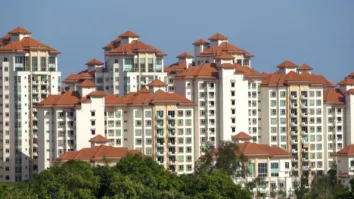

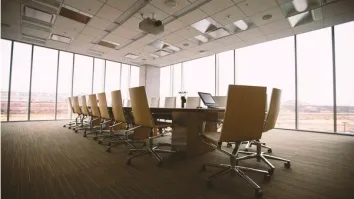
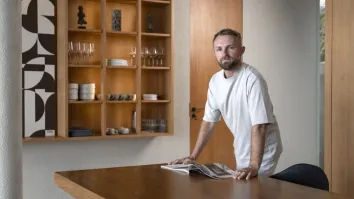



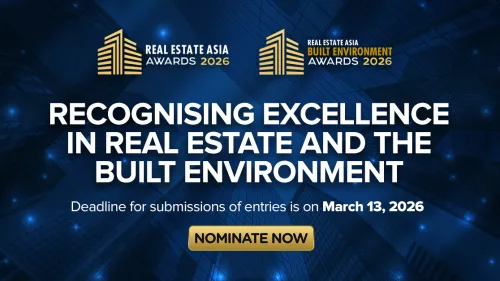








 Advertise
Advertise







